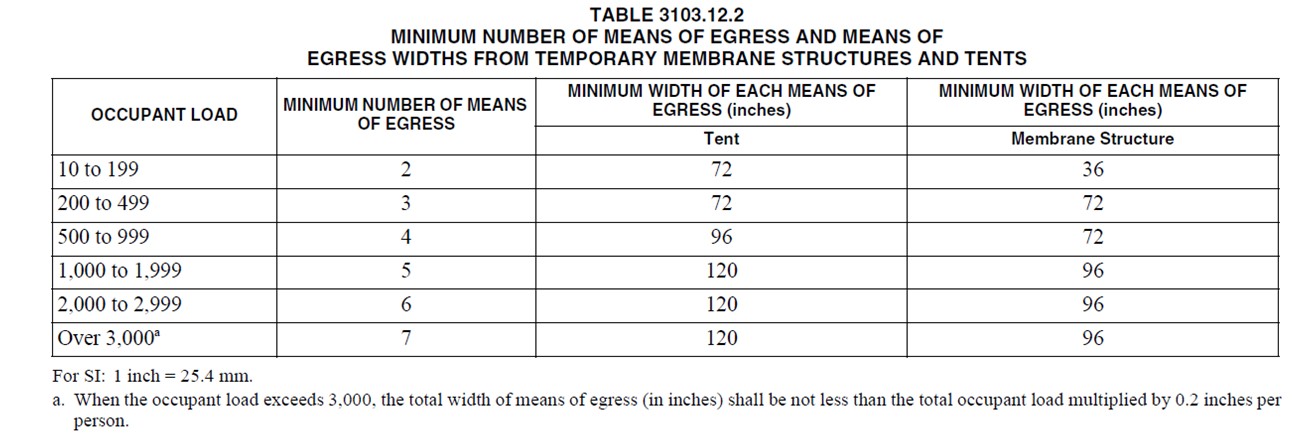Special Events Review
Safety & Risk Management is currently working in conjunction with the Office of Student Engagement in an attempt to ensure special events on campus are being reviewed from a fire and life safety perspective, while also ensuring regulatory compliance.
Please review the processes established by the Outdoor Program Request Committee which may be found here:
https://www.montana.edu/engagement/outdoor-program-request/index.html.
Frequently Asked Questions:
We ask that you provide your documents minimum of 14 business days prior to the event. Site reviews typically take 30 minutes depending on the size of the event and what the event will entail.
A public safety plan shall be prepared where an adverse impact on public safety through diminished access to buildings, structures, fire hydrants and fire apparatus access roads or where such gatherings adversely affect public safety services of any kind.
(IFC 3106.4.1). Events should be fun for those involved, as well as provide safe environments. The public has an expectation and a right to be safe at all public and private events. Your plan shall cover the following:
Emergency vehicle ingress and egress.
Fire protection.
Emergency egress or escape routes.
Emergency medical services.
Public assembly areas.
The directing of both attendees and vehicles, including the parking of vehicles.
Vendor and food concession distribution.
The need for the presence of law enforcement.
The need for fire and emergency medical services personnel.
The need for a weather monitoring person.
The tent cannot block any fire hydrants or fire department connections. (IFC 3106.2.3.1 & 507.5.5)
Means of egress is what people would use to identify an exit and ultimately exit a structure for the event (exit openings, egress illumination, aisles, etc.) . Temporary tents and membrane structures still fall under all of the normal requirements for egress under the International Fire Code (IFC 3103.12) and International Building Code (Chapter 10). Below are a couple of the highlights:
Exit doors (if any) shall swing in the direction of exit travel when occupancy could be over 50 people. TABLE 1006.2.1 Curtains shall be of a color, or colors, that contrasts with the color of the tent (IFC 3103.12.3) The adequate number of exits must be maintained. Occupant load of 10-199 people requires two exits, occupant load over 200 people requires three exits. Provide means of egress illumination. (IFC 3103.12.7) Exits shall be clearly marked. Exit signs shall be installed at required exit doorways and where otherwise necessary to indicate clearly the direction of egress where the exit serves an occupant load of 50 or more (IFC 3103.12.6 ). Exit signs shall be either listed and labeled in accordance with UL 924 or shall be externally illuminated by:- Two separate circuits for occupant loads of 300 or less
Or
Two separate sources of emergency power systems shall be supplied from storage batteries or from the on-site generators capable of supplying minimum duration of 90 minutes at full demand. (IFC 3103.12.6.1).
The width of the exit that needs to be maintained is determined by the below table.
The more people you have in the tent the wider the exit will be.
Fire lanes shall not be blocked. IFC 3103.8.1
